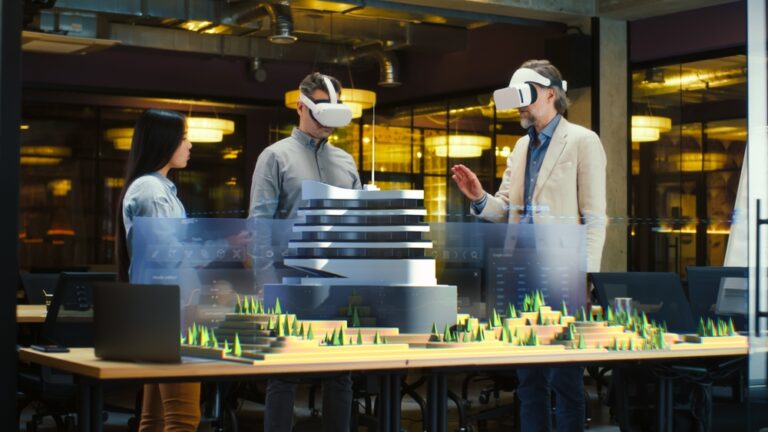From proptech to modular construction: How technology is shaping a greener and more efficient industry
Tech-driven transformations are revolutionising real estate, construction, and sustainability

The real estate industry, worth USD325 trillion globally, historically resistant to technology, is now embracing change. As reported by knowledge platform Foresight, regulatory shifts towards climate sustainability and economic demand for sustainable properties drive adoption of technology. Proptech, simplifying real estate transactions, paved the way.
Climate technology, like Building Transparency’s EC3, analyses embodied carbon emissions, guiding low-carbon alternatives. This aids Microsoft and others to meet sustainability goals. Innovative tools include Building Information Modeling for efficient design and smart buildings for occupant wellness. The industry’s shift towards technology brings promise of reducing construction emissions and a digitally-led climate-focused future.
Technological innovation has reshaped the construction sector for greater efficiency and sustainability. According to Green Building Consulting and Engineering, digital tools like Building Information Modeling (BIM) and energy management systems play a key role. BIM creates a collaborative 3D model of buildings, aiding coordination and problem-solving. Performance simulation software optimises energy efficiency during design, while smart grids and home automation manage energy during operation.
Related: Exploring the promising future of 3D printing in construction
These technologies lead to ecological transition, cost optimization, and improved collaboration among stakeholders. Overall, digital advancements enhance sustainability by considering the environment, reducing costs, and promoting collaboration throughout a building’s lifecycle.
Modular construction envisions quicker, eco-friendly buildings using digital technology. Vishnu Prasad on Linked In noted how tt transforms building methods via digital tech, from design to assembly. This approach optimises design through software, lessening errors and waste. Computer-aided manufacturing ensures precise factory production, cutting waste and enhancing quality. Digital tools also manage projects efficiently and integrate smart systems for energy savings.
While boosting speed, quality, and sustainability, modular construction may limit design flexibility and require initial investment. Industry adoption, workforce training, and regulatory alignment are challenges. Future trends include advanced robotics, 3D printing, virtual reality, and AI integration for improved efficiency and innovation.
The Property Report editors wrote this article. For more information, email: [email protected].
Recommended
Why everyone is moving to Selangor and Johor: Malaysia’s real estate comeback
Malaysia’s upturn in fortunes is especially prevalent in secondary destinations such as Selangor and Johor
Penang’s silicon boom: How the US-China tech war is supercharging local real estate
Penang’s booming semiconductor industry has created ripples within the local real estate sector
ARES White Paper Volume 2: Unravelling the power of data revolution in real estate
Insights on proptech, smart cities, and sustainable development
ARES Digital White Paper Volume 1 tackles the fundamentals of responsible building
Green and climate heroes join forces to discuss how Asia Pacific can weather the current environmental crises and the looming effects of climate change







